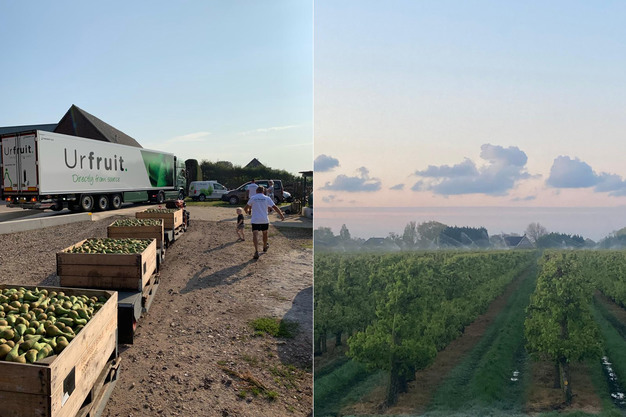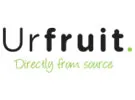With the final phase of the pear season approaching, the last programs are being wrapped up. "The previous year was a rollercoaster, with extreme peaks, which most traders have better prepared for this year in case of unexpected turns. It is likely that we will see a more balanced market towards the end, with fair prices but less extreme fluctuations. An important note, however, is that there should not be too much 'free' stock in the market, as this could have a disruptive effect," says Mark Vernooij of Urfruit. "Whereas last year only a small part of the growers experienced a peak in price formation, fortunately, this year we see that a good yield has been realized across a wider spectrum of the cultivation. These yields were necessary for the sustainable continuation of many companies in the sector. Looking back, we see a good sales year with good prices, actually to almost all common destinations."

"The only point of concern are the 'value pack' lines. These are lines where, for example, sizes 55-60, 50-55, or 45-50 go into smaller packaging such as bowls or bags and where price plays a more decisive role. Here we see that we have lost some ground to other items. A practical example: at a retailer, bags of pears are priced at €2.34 per kg (converted back to kilo price), next to apples, in this case, Royal Gala, priced at €1.46. The consumer clearly opts for the cheaper product, whereas we see this less with the single-layer or large pears (65-70 and 70-75)."
"Another aspect that characterizes the market this year is the variation in quality. Where last year an average fallout rate of 4-5% was noted, this year we see an increase to an average of 8-9%. The general quality was lower this year, damages from fleas and scab have affected various crops. In addition, we see a clear increase in rot upon opening the cells. In collaboration with various parties, we are now investigating what caused this. We continuously monitor the cells and are now entering the better-preserved cells, we can confidently continue with the current harvest until the transition to the new harvest," continues Mark.
"As for the new season, we can prepare for an early start. The new harvest season is expected to start about two weeks earlier than last year. The fruit set has been good, with one and a half to two days of fantastic weather at the right time. Unfortunately, mother nature also had some less positive effects this spring, in addition to the extreme amount of rainfall, there has also been an exceptionally high amount of hail across almost all of the Netherlands and Belgium. The extent of the hail varies greatly per area, but there are few regions this year that have been completely spared. This 'early hail' does not mean that all crops are destroyed, the cell division phase is still taking place and will contribute to 'outgrowing' much of the damage. Besides the fruit damage, there has also been a lot of leaf damage. In the coming period, more rounds will be driven with leaf nutrition to support the crop as much as possible," says Mark.
 For more information:
For more information:
Mark Vernooij
Urfruit
Marketing 45
6921 RE Duiven
+31 (0)575 472 473
[email protected]
www.urfruit.nl
